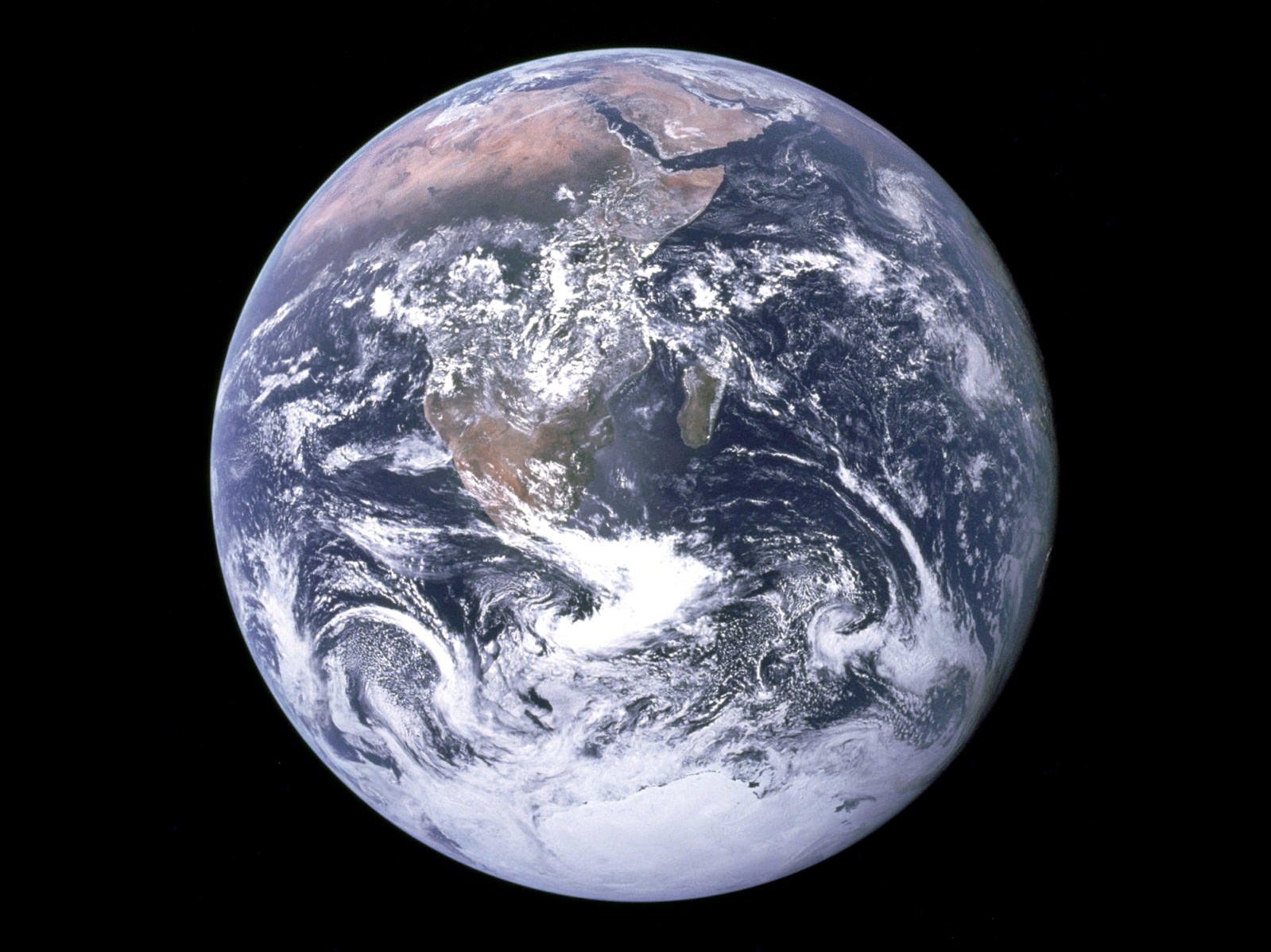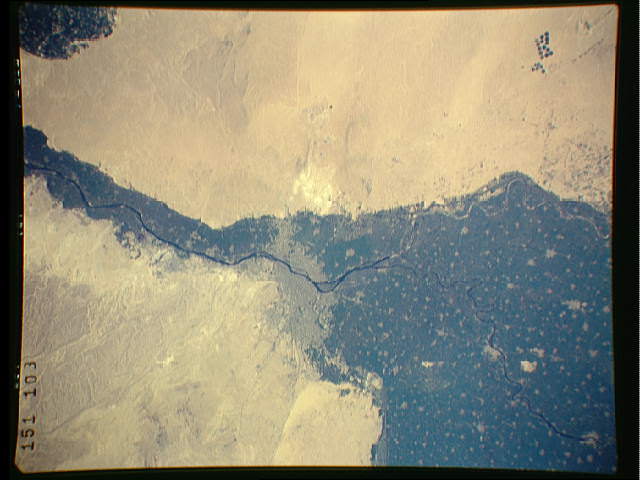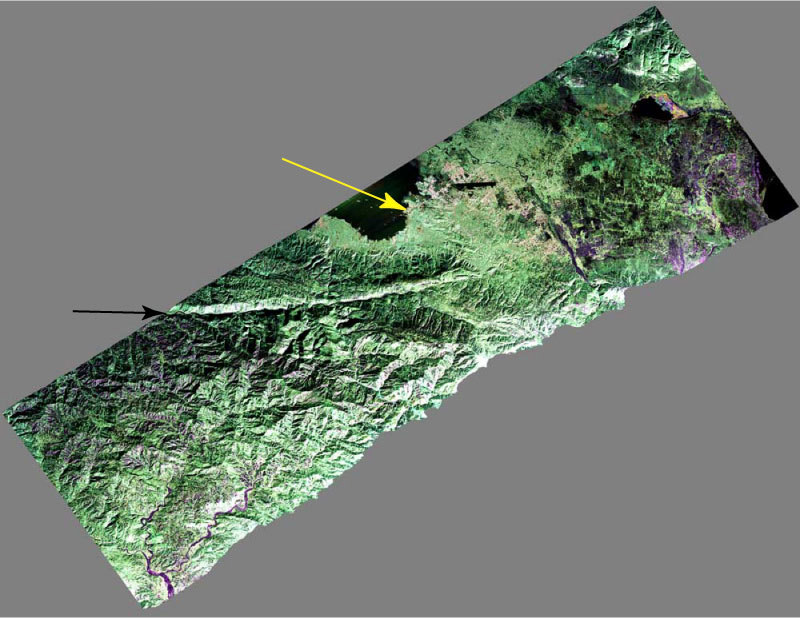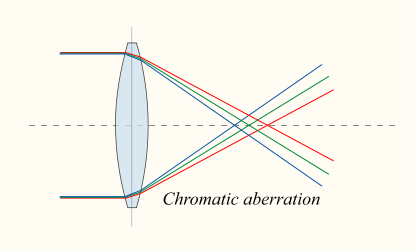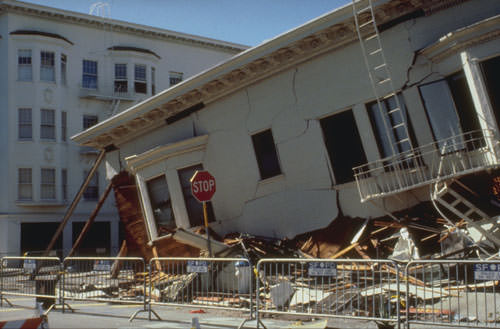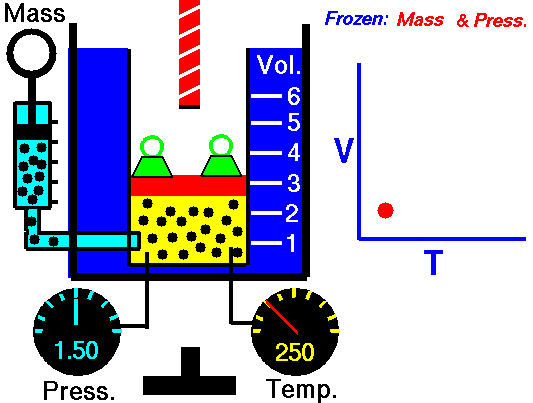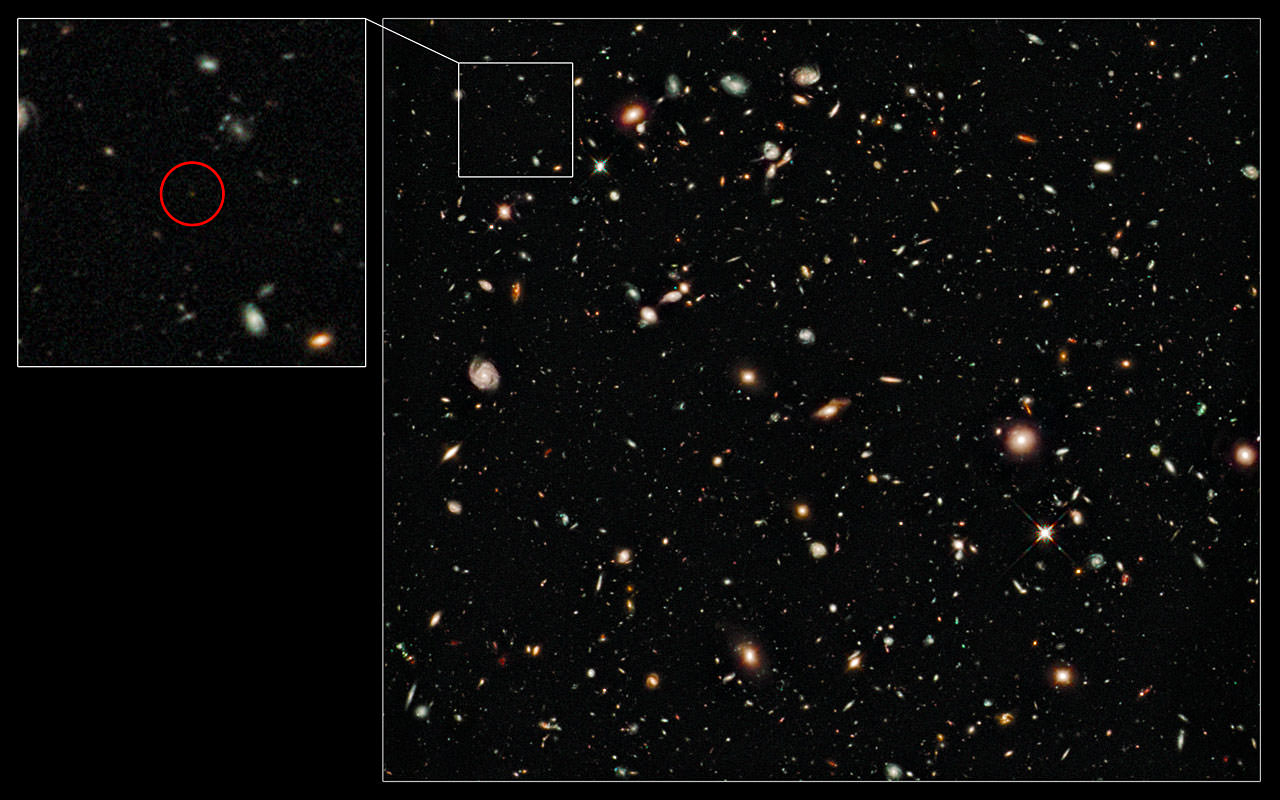[/caption]
We have all played with magnets from time to time. Every time you do, you have asked yourself ‘how do magnets work?’ Many of us understand that magnets have two different charges and that like charges repel each other, but that still does not explain how a magnet works. Below is an attempt to explain the basics behind the secret inner workings of the mysterious magnet.
A magnet is any material or object that produces a magnetic field. This magnetic field is responsible for the property of a magnet: a force that pulls on other ferromagnetic materials and attracts or repels other magnets. A permanent magnet is an object made from a material that is magnetized and creates its own persistent magnetic field. Materials that can be magnetized, which are strongly attracted to a magnet, are called ferromagnetic. Although ferromagnetic materials are the only ones attracted to a magnet strongly enough to be commonly considered magnetic, all other substances respond weakly to a magnetic field.
Some facts about magnets include:
- the north pole of the magnet points to the geomagnetic north pole (a south magnetic pole) located in Canada above the Arctic Circle.
- north poles repel north poles
- south poles repel south poles
- north poles attract south poles
- south poles attract north poles
- the force of attraction or repulsion varies inversely with the distance squared
- the strength of a magnet varies at different locations on the magnet
- magnets are strongest at their poles
- magnets strongly attract steel, iron, nickel, cobalt, gadolinium
- magnets slightly attract liquid oxygen and other materials
- magnets slightly repel water, carbon and boron
The mechanics of how do magnets work really breaks right down to the atomic level. When current flows in a wire a magnetic field is created around the wire. Current is simply a bunch of moving electrons, and moving electrons make a magnetic field. This is how electromagnets are made to work.
Around the nucleus of the atom there are electrons. Scientists used to think that they had circular orbits, but have discovered that things are much more complicated. Actually, the patterns of the electron within one of these orbitals takes into account Schroedinger’s wave equations. Electrons occupy certain shells that surround the nucleus of the atom. These shells have been given letter names K,L,M,N,O,P,Q. They have also been given number names, such as 1,2,3,4,5,6,7(think quantum mechanics). Within the shell, there may exist subshells or orbitals, with letter names such as s,p,d,f. Some of these orbitals look like spheres, some like an hourglass, still others like beads. The K shell contains an s orbital called a 1s orbital. The L shell contains an s and p orbital called a 2s and 2p orbital. The M shell contains an s, p and d orbital called a 3s, 3p and 3d orbital. The N, O, P and Q shells each contain an s, p, d and f orbital called a 4s, 4p, 4d, 4f, 5s, 5p, 5d, 5f, 6s, 6p, 6d, 6f, 7s, 7p, 7d and 7f orbital. These orbitals also have various sub-orbitals. Each can only contain a certain number of electrons. A maximum of 2 electrons can occupy a sub-orbital where one has a spin of up, the other has a spin of down. There can not be two electrons with spin up in the same sub-orbital(the Pauli exclusion principal). Also, when you have a pair of electrons in a sub-orbital, their combined magnetic fields will cancel each other out. If you are confuse, you are not alone. Many people get lost here and just wonder about magnets instead of researching further.
When you look at the ferromagnetic metals it is hard to see why they are so different form the elements next to them on the periodic table. It is generally accepted that ferromagnetic elements have large magnetic moments because of un-paired electrons in their outer orbitals. The spin of the electron is also thought to create a minute magnetic field. These fields have a compounding effect, so when you get a bunch of these fields together, they add up to bigger fields.
To wrap things up on ‘how do magnets work?’, the atoms of ferromagnetic materials tend to have their own magnetic field created by the electrons that orbit them. Small groups of atoms tend to orient themselves in the same direction. Each of these groups is called a magnetic domain. Each domain has its own north pole and south pole. When a piece of iron is not magnetized the domains will not be pointing in the same direction, but will be pointing in random directions canceling each other out and preventing the iron from having a north or south pole or being a magnet. If you introduce current(magnetic field), the domains will start to line up with the external magnetic field. The more current applied, the higher the number of aligned domains. As the external magnetic field becomes stronger, more and more of the domains will line up with it. There will be a point where all of the domains within the iron are aligned with the external magnetic field(saturation), no matter how much stronger the magnetic field is made. After the external magnetic field is removed, soft magnetic materials will revert to randomly oriented domains; however, hard magnetic materials will keep most of their domains aligned, creating a strong permanent magnet. So, there you have it.
We have written many articles about magnets for Universe Today. Here’s an article about bar magnets, and here’s an article about super magnets.
If you’d like more info on magnets, check out some cool experiments with magnets, and here’s a link to an article about super magnets by Wise Geek.
We’ve also recorded an entire episode of Astronomy Cast all about Magnetism. Listen here, Episode 42: Magnetism Everywhere.
Sources:
Wise Geek
Wikipedia: Magnet
Wikipedia: Ferromagnetism

